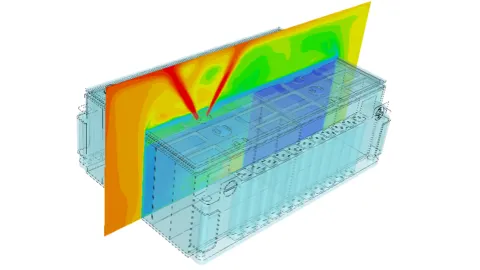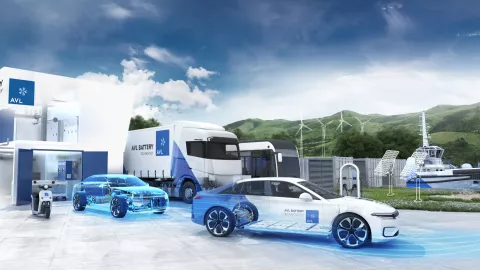
The validation of no propagation battery systems is a key issue in the development process of Battery Electric Vehicles (BEV), as those topics impose a high risk potential in case of failed development goals. With the constant improvements in battery technology and the associated increase in energy density, the no propagation capability of battery systems will continue to play a key role in future battery development processes. Not only is safety a key criterion for BEVs, but legislation will also increase the safety requirements for BEVs in future. This implies a strong need to thoroughly integrate the no propagation validation into the BEV development process.
In the second part of our webinar series Josef Ruetz, Senior Analysis Engineer, will give you an insight into the opportunities of virtual validation and development tools in order to enhance the development efficiency. Significant cost reductions are possible through an active front-loading process, with the opportunity to identify potential shortcomings in the no-propagation capabilities of battery systems in the early stages of development.
Join us as we explore the capabilities of the simulation tool AVL FIRE™ M in order to contribute to the efficient and sustainable development of battery systems.
Key topics and takeaways:
- Understanding thermal runaway and thermal propagation
- Active front loading for no propagation development
- Efficient use of virtual development tools
- Insight into the simulation capabilities of AVL FIRE™ M

